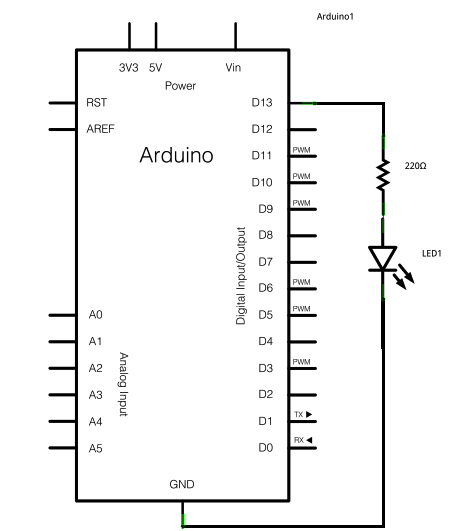I'm finding it difficult to understand how to read this optoisolator documentation.
Here is the optoisolator: http://html.alldatasheet.com/html-pdf/92367/TOSHIBA/TLP222A-2/248/1/TLP222A-2.html
The triggering device is an Arduino is an UNO (5v up to 40ma per pin).
My first configuration was UNO GND --> 220ohm resistor --> opto Anode --> opto cathode --> UNO pin 12. (Didn't work)
After that I tried removing the resistor, that didn't work either.
I'm guessing either my configuration is backwards, or I'm not using the correct resistor. If anyone could help me better understand how to parse the documentation, It would be greatly appreciated!
edit1: here is a photo of the configuration. There is an input on pin 13 which works fine, but the output on pin 12 (opto-isolator) does not. I can measure 5 volts with a multimeter but the opto-isolator does not short the drains.
resistor is rrbg (220 ohm 5%)


